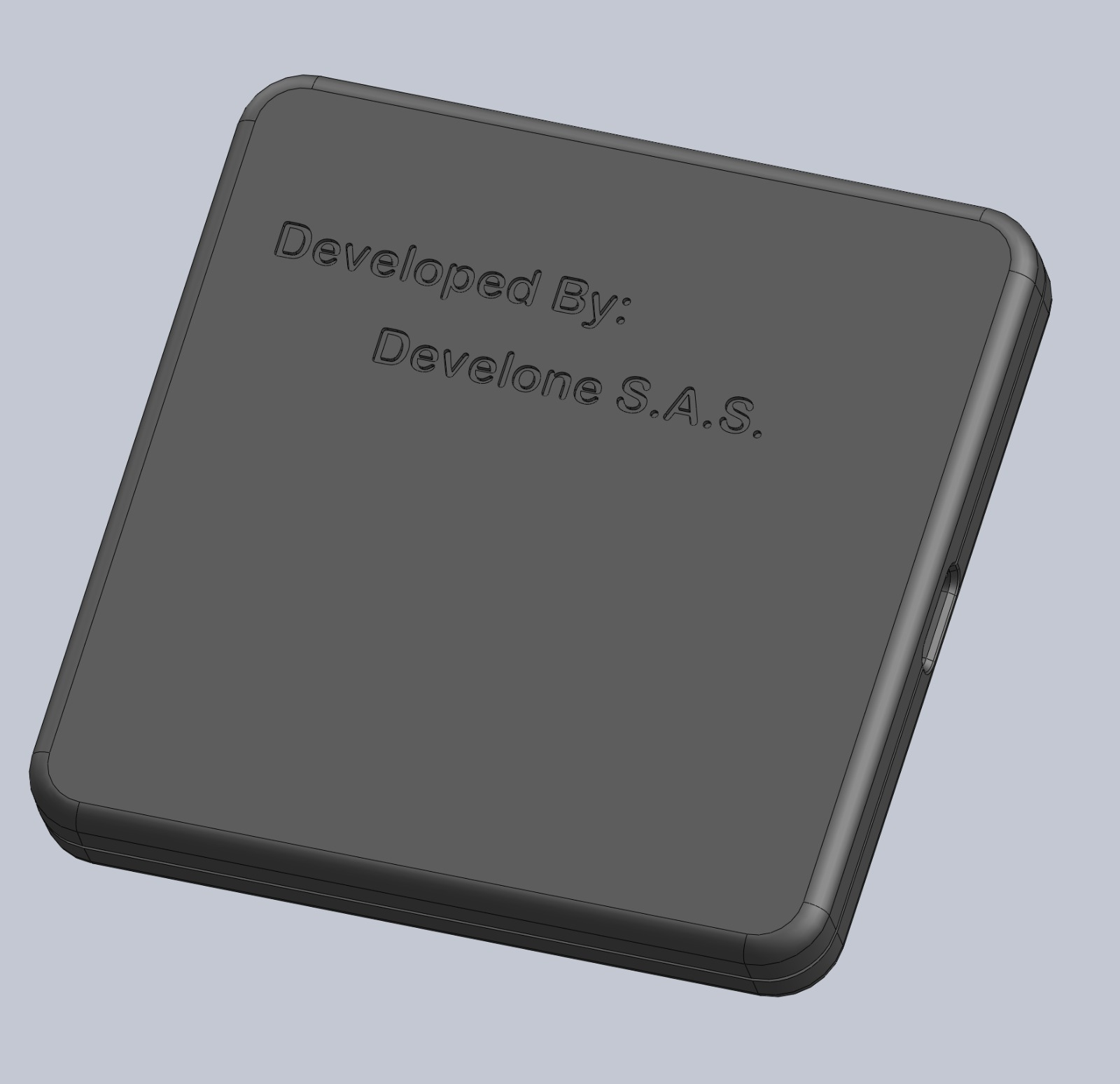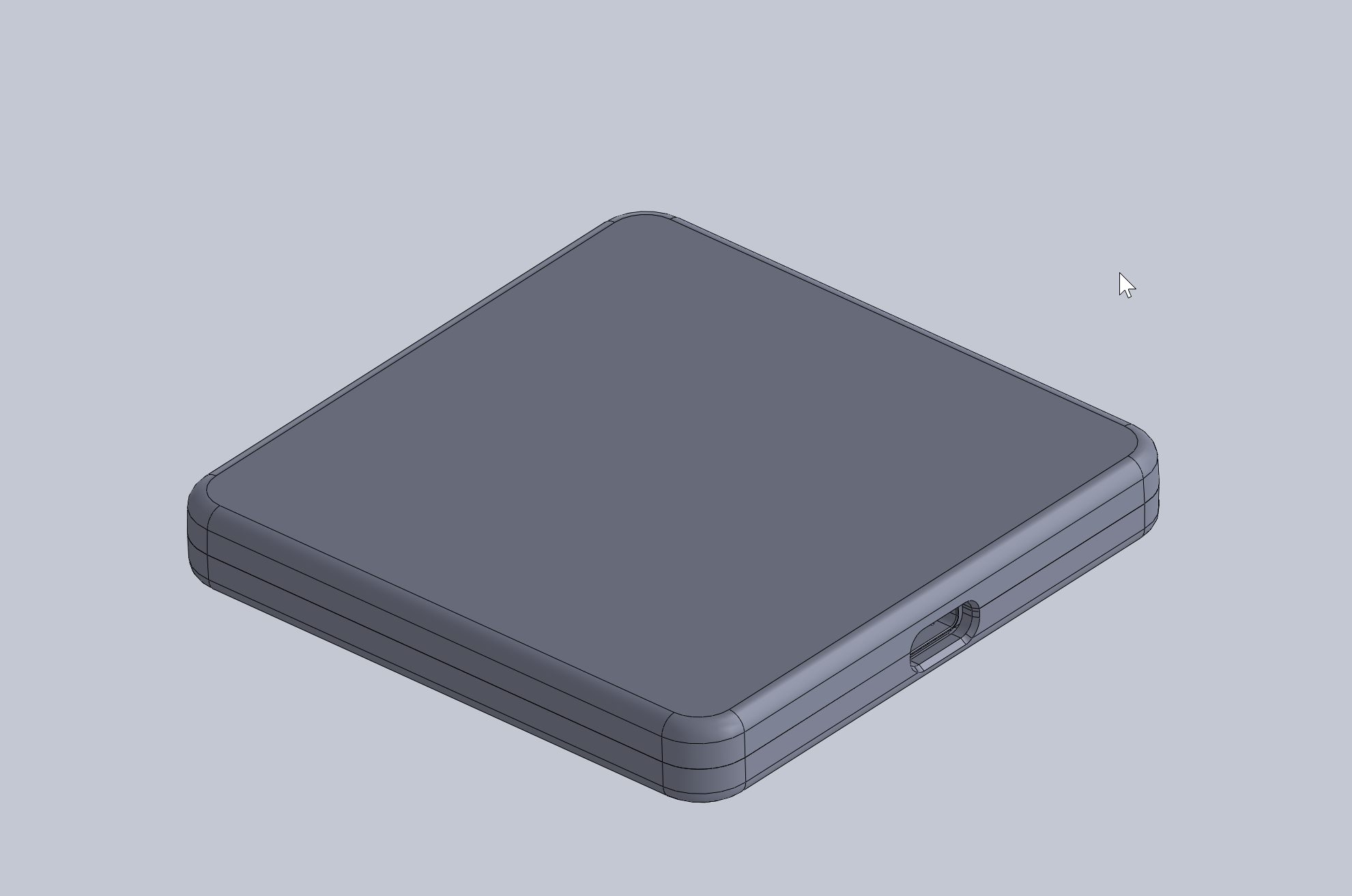HealthCare Sleeping device
Sleep tracking and analysis is done through Heart Rate Variability (HRV) monitoring throughout the night, providing insights into sleep patterns and recovery.
 About
About
Installed under a bed mattress, our ballistocardiography-based sleep sensor and cloud-based software system provide the most comprehensive data collected without touch or user effort. The sleep sensor technology works by capturing the body's mechanical movements produced by the cardiovascular system during sleep. Advanced signal processing techniques are used to analyze the movements, and proprietary algorithms extract valuable data such as heart rate, respiratory rate, heart rate variability, and more. The cloud-based software system analyzes the data and generate personalized insights for improving sleep and health. Our firmware team includes senior programmers, electronic engineers, and QA testers who work together to create the hardware and software of the bed sensor device. Learn more about our solution for your needs below.
 Benefits
Benefits
- Remote monitoring: The BSD allows users to remotely monitor their sleep data, making it ideal for individuals who travel frequently or those who live far away from their healthcare provider.
- Privacy and security: The BSD takes privacy and security seriously and employs various measures to ensure that user data is protected.
- Improved sleep: By monitoring sleep patterns and providing recommendations for improvement, the BSD can help users achieve better sleep quality and overall health.
- Early detection of health issues: By monitoring vital signs such as heart rate and respiratory rate, the BSD can help detect potential health issues early on, allowing for timely medical intervention and treatment.

About
The Bed Sensor Device is a contact-free sleep sensor with heart-rate-variability, designed by the team to track and store consumer sleep, breathing, and heart rate data. The device does not need to be connected or placed directly on the person, as it can be positioned in the best location on the bed to capture bio-data from a close distance. All sensor data is sent and received via mqtt and stored in a database for processing and detailed sleep analysis.

Technology
The sensor technology is based on the Ballistocardiographic (BCG) principle, capturing micro movements of the entire bed caused by blood flow using an ultra-sensitive Murata accelerometer. A microcontroller with specially designed algorithms extracts heart rate and other vital signs from the signal.

BSD API
the Bed Sensor Device (BSD) provides an API for sensor data automation and queries, allowing consumers to access the data collected by the device. The API includes three endpoints to retrieve sensor events based on different parameters. The first endpoint retrieves sensor events based on the device's UUID, the second endpoint retrieves sensor events based on the device's serial number (SN) and the third endpoint retrieves sensor events based on a date range. The sensor data returned by the BSD includes several pieces of information, such as:
- the device version,
- type,
- model,
- heart rate,
- respiratory rate,
- relative systolic volume,
- heart rate variability (HRV),
- FFT magnitude,
- and measurement status.

Consumers and athlete
The potential use cases for the Bed Sensor Device include improving sleep quality, monitoring vital signs for overall health, optimizing fitness routines, reducing stress, and diagnosing sleep disorders. By analyzing sleep patterns and vital signs, the device can provide suggestions for improving sleep quality, detect potential health issues early on, and monitor heart rate variability during sleep to provide insights into recovery and readiness for training. Users can adjust their training intensity based on these insights to maximize performance and avoid over-training. Additionally, by monitoring breathing patterns during sleep, the device can help diagnose sleep disorders such as sleep apnea. Overall, the Bed Sensor Device provides a convenient and accurate way to monitor sleep and bio-data without direct contact or connection.

